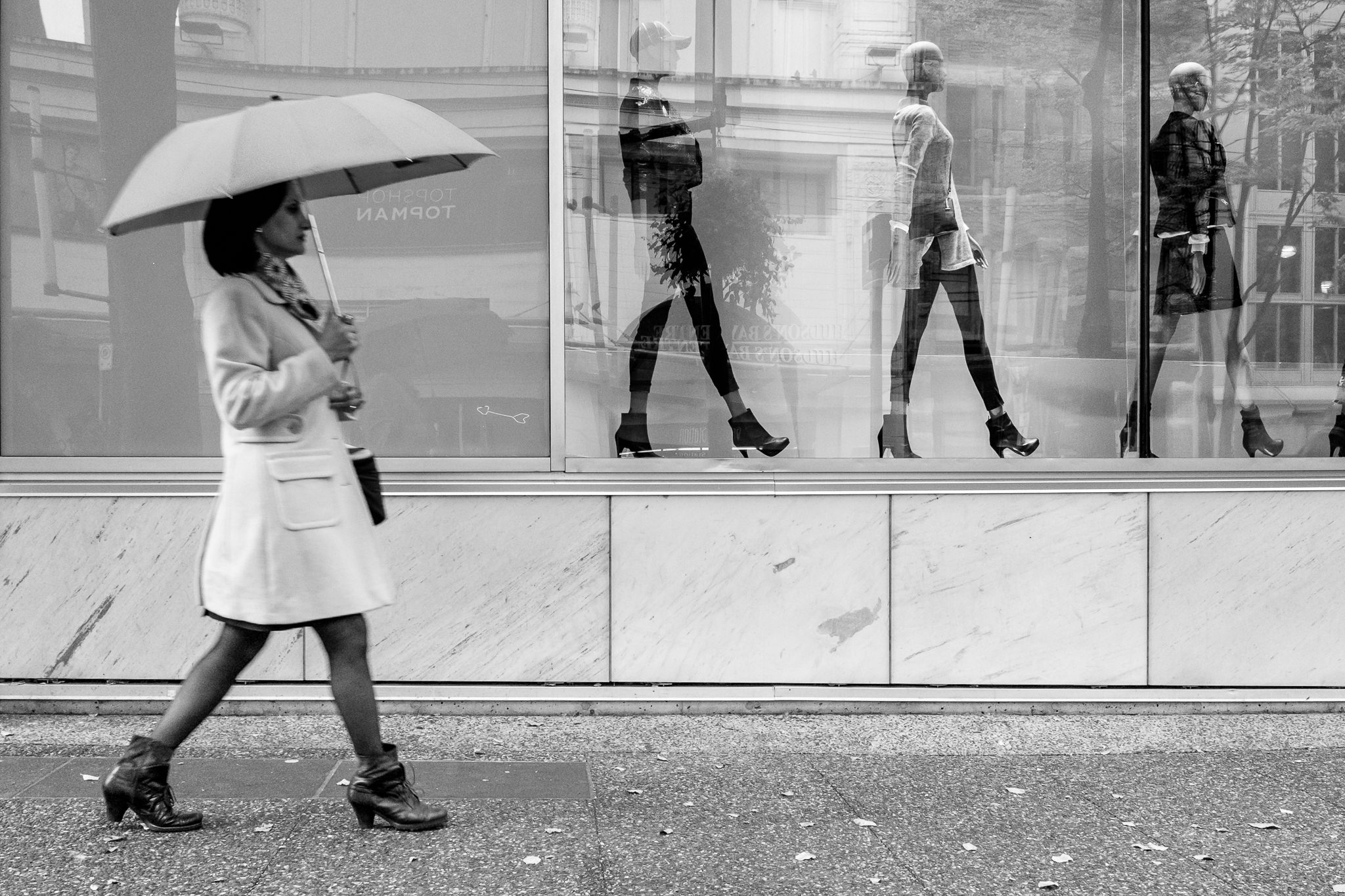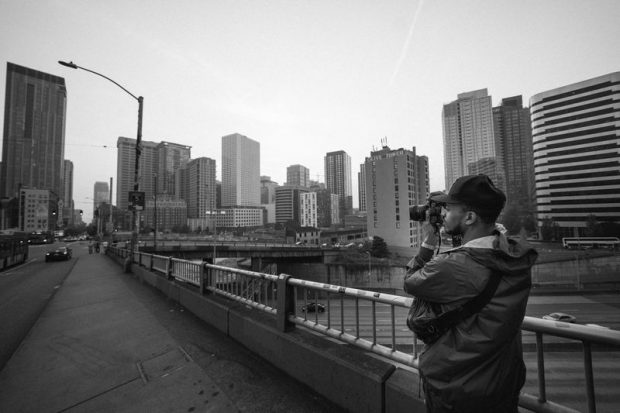The Definitive Guide to Framing Streets
Table of ContentsThe Only Guide for Framing StreetsSome Of Framing StreetsFraming Streets Things To Know Before You BuyGetting The Framing Streets To WorkEverything about Framing StreetsThe Ultimate Guide To Framing Streets
Photography category "Crufts Pet Show 1968" by Tony Ray-Jones Street digital photography (additionally often called honest photography) is photography conducted for art or questions that features unmediated possibility experiences and arbitrary cases within public places, typically with the purpose of catching pictures at a definitive or touching minute by careful framing and timing. 
, who was inspired to take on a comparable documents of New York City. As the city created, Atget assisted to promote Parisian streets as a worthy subject for photography.

Some Known Incorrect Statements About Framing Streets
Martin is the initial tape-recorded digital photographer to do so in London with a masked electronic camera. Mass-Observation was a social research organisation started in 1937 which intended to tape-record everyday life in Britain and to videotape the reactions of the 'man-in-the-street' to King Edward VIII's abdication in 1936 to wed divorce Wallis Simpson, and the succession of George VI. In between 1946 and 1957 Le Groupe des XV annually showed work of this kind. Andre Kertesz. Circus, Budapest, 19 May 1920 Road photography developed the significant material of 2 exhibits at the Museum of Modern Art (Mo, MA) in New York curated by Edward Steichen, Five French Professional Photographers: Brassai; Cartier-Bresson, Doisneau, Ronis, Izis in 1951 to 1952, and Post-war European Digital Photography in 1953, which exported the principle of road photography globally.

Some Known Questions About Framing Streets.
, then an instructor of young children, linked with Evans in 193839.'s 1958 publication,, was significant; raw and usually out of emphasis, Frank's pictures questioned mainstream photography of the time, "tested all the formal rules laid down by Henri Cartier-Bresson and Pedestrian Evans" and "flew in the face of the wholesome pictorialism and sincere photojournalism of American magazines like LIFE and Time".